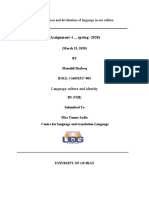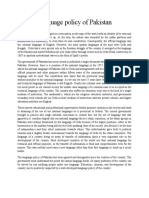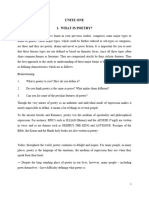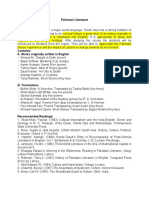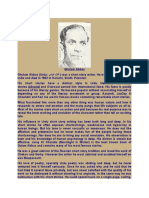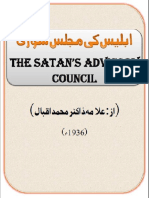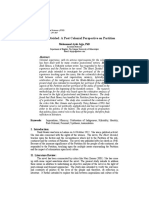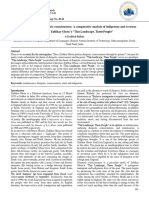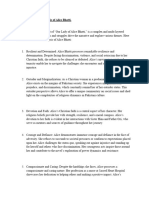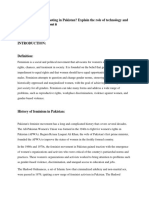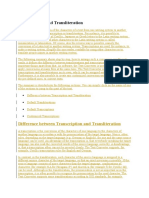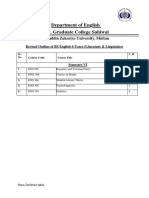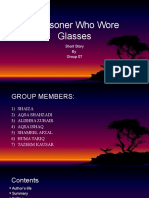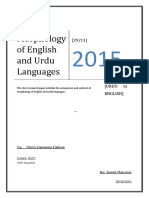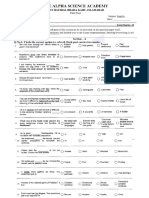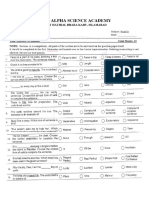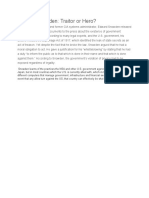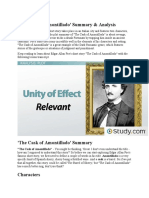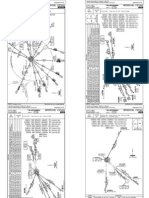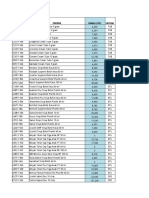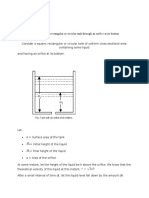0% found this document useful (0 votes)
679 views4 pagesPDF - Ict Course
This document provides an overview of the Introduction to Information & Computer Technology (ICT) Skills course. [1] The course objectives are to understand fundamentals of IT, core computing concepts, modern software programs, and upcoming technologies. [2] The course content includes hardware, software, programming, databases, networks, internet, security and sample projects. [3] Students are expected to have basic computer skills and proficiency in productivity software.
Uploaded by
Hamza ShahidCopyright
© © All Rights Reserved
We take content rights seriously. If you suspect this is your content, claim it here.
Available Formats
Download as PDF, TXT or read online on Scribd
0% found this document useful (0 votes)
679 views4 pagesPDF - Ict Course
This document provides an overview of the Introduction to Information & Computer Technology (ICT) Skills course. [1] The course objectives are to understand fundamentals of IT, core computing concepts, modern software programs, and upcoming technologies. [2] The course content includes hardware, software, programming, databases, networks, internet, security and sample projects. [3] Students are expected to have basic computer skills and proficiency in productivity software.
Uploaded by
Hamza ShahidCopyright
© © All Rights Reserved
We take content rights seriously. If you suspect this is your content, claim it here.
Available Formats
Download as PDF, TXT or read online on Scribd
/ 4


